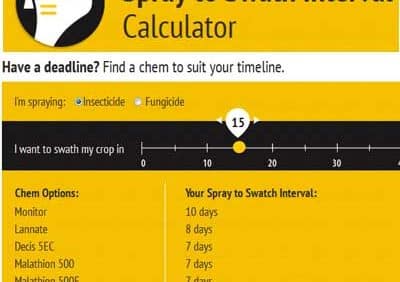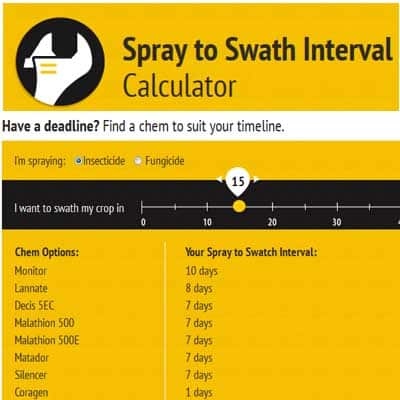This growing season is presenting some unique challenges – very localized insect threats (reports of individuals with only one or two fields out of many at threshold), individual canola fields that are in flower for 6 weeks and counting, etc. Each field needs to be looked at individually so decisions can be made efficiently, timely and when necessary. Be diligent in your scouting – you need to scout to know.
Bertha armyworms are present in scattered fields across the west with limited spraying required to date. Larvae are approximately ¾ to an inch long and are generally feeding on leaves in the canopy. As the crop matures and leaves drop, they will move up and begin feeding on pods. Growers that have scouted and found bertha this past week have needed to spray only one or two fields out of many. Bertha moths can be choosy which fields looked best for egg laying. Start scouting each field now to assess what appears to be a very localized, random bertha armyworm threat so far.
Late-season insect control is still ongoing in fields across the west for pests such as bertha armyworm, diamondback moth and lygus bug. Pay attention to pre-harvest intervals (PHI) and choose a product that fits with your intended swathing time. Find a very helpful tool that can be readily used on a smartphone in the field at www.spraytoswath.ca.
Swathing has begun in the southern Alberta and in the very earliest fields in Saskatchewan and Manitoba. Ideal swathing time for maximizing yield and quality is when 60% of the seeds on the main stem have turned colour. Swathing too early can result in green seed concerns and significant yield loss.
Tweet of the week:



